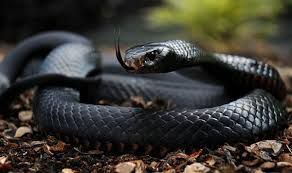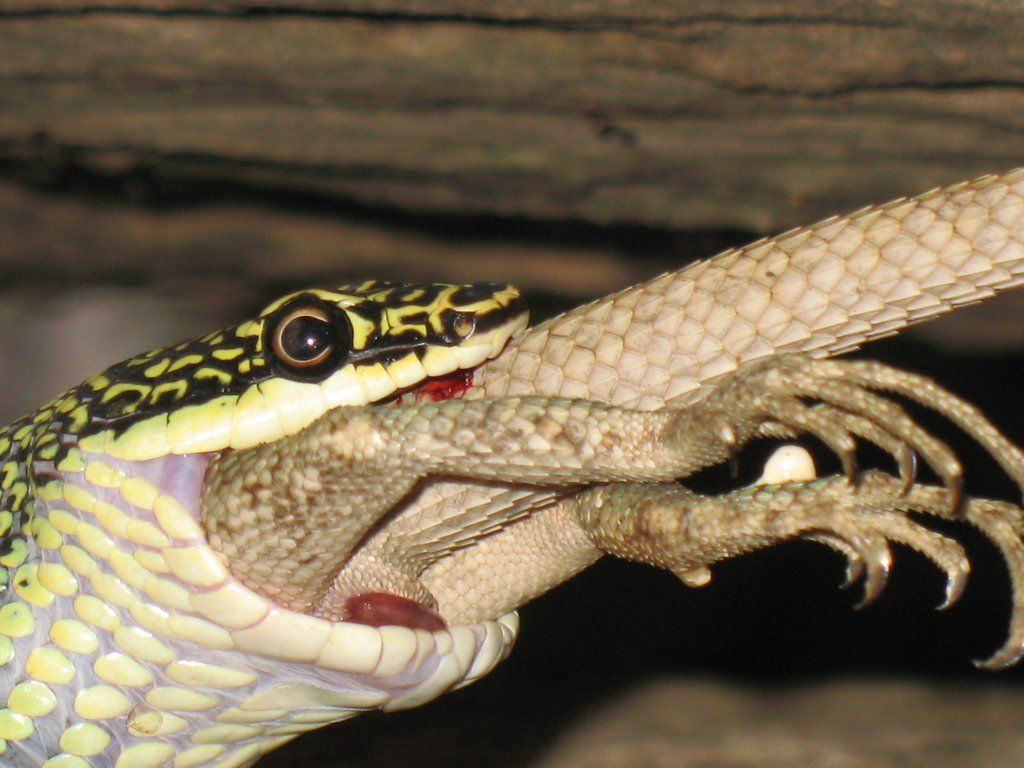General information about turtles
A turtle is a reptile. She has four limbs, a head, a tail, a shell that contains her internal organs and part of the skeleton. The upper part of the shell is called the carapace, the lower part is the plastron.
There are about 220 species of turtles. Turtles are cold-blooded animals and cannot regulate their body temperature themselves. Therefore, they are highly dependent on the ambient temperature. There are turtles:
- Land
- Freshwater
- Marine
Information about the sea turtle Caretta - Caretta
Russian name: Heady sea
Latin name: Caretta сaretta
The weight of an adult turtle reaches 160 kg, and the length of the carapace reaches 213 cm. The carapace is covered with horny scutes, depending on age, and has a color from pale brown to red-brown. The forelimbs are long and flipper-shaped. The front flippers have a pair of blunt claws. The head is massive, covered with horny scutes.
Lives in the Atlantic, Pacific, Indian oceans, Caribbean and Mediterranean seas. It feeds on crabs, mollusks, fish, jellyfish, and aquatic plants.
Caretta caretta turtles are on the list of endangered animals and are listed in the Red Book. These marine reptiles have lived on Earth for 95 million years. They live in colonies. Average life expectancy is 70 years.
Caretta - Carettas lay eggs only once every two to three years. Turtles crawl out onto the sand and dig several holes with their hind legs, and lay eggs only in the most suitable one. The hole is filled with round eggs with a leathery shell, about 4 cm in size (up to 120 pieces). This procedure lasts about 60 days (from May to July). And from July to September small turtles begin to appear. The hatched cubs climb out of the hole, guided by the moon, and head towards the sea. During the period when small turtles are hatching from eggs, it is forbidden to kindle a fire or light a light, because it can deceive the hatchlings and they will go astray. Of course, even once at sea, the cubs cannot be considered completely safe. Having not reached a certain size, they serve as tasty food for fish, crayfish and birds.
The Caretta sea turtle - The Caretta is protected under various international agreements as well as national laws.
My observations of turtles
I met turtles in Turkey on the Mediterranean coast when I was on summer vacation. In the hotel where we lived, there were quite a lot of them: turtles crawled across the footpaths, ran across the lawns, yes, they actually ran, their speed is not a turtle’s, to take a photo, you still need to try to catch up with them. And one day, we found them right next to our house, under a shady bush, there were several of them, probably a family (small and large). At first I thought that this was the famous Caretta - Caretta, because the hotel workers told us a lot about it and were very proud that they met on the hotel beach. We were also told that the coast of Turkey is one of the few places on Earth that the Caretta-Caretta turtles chose to breed their offspring. It is thanks to these rare sea turtles that the beaches received the status of a nature reserve. Therefore, on the beaches you can see signs with inscriptions warning vacationers to walk carefully along the shore, and after sunset and before dawn, entry to some beaches is generally prohibited. I realized that the turtles that we met on the hotel territory are most likely different, because . Caretta - Caretta only lay eggs on the shore and live in the sea. It's interesting, several species of turtles have gathered in one place! I will not forget my impressions of meeting large and fast turtles, and next time I will try to find out what they are called. And if you're lucky, you might even meet the famous sea Caretta-Caretta, they say this is a good sign!





No comments here yet.